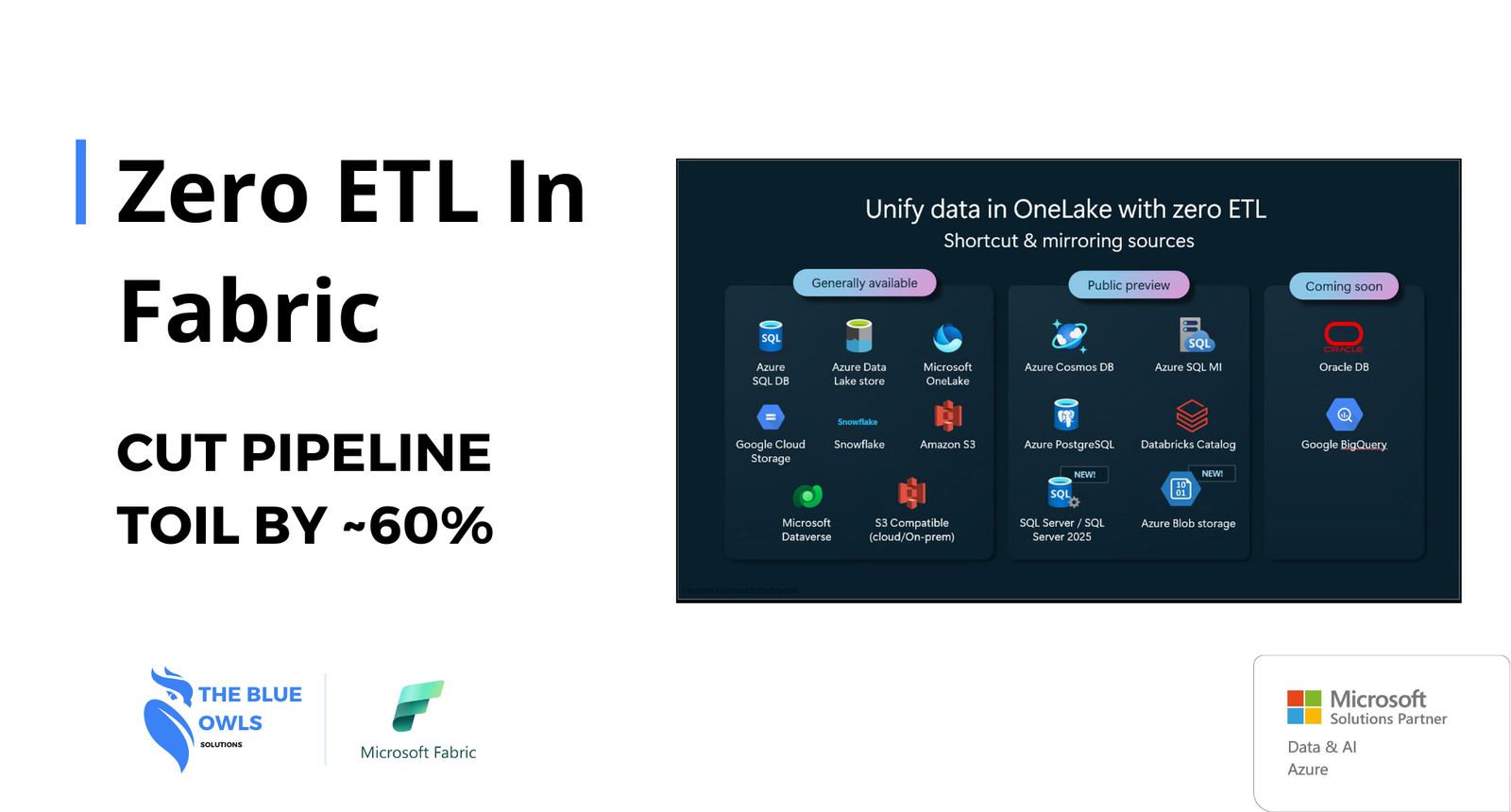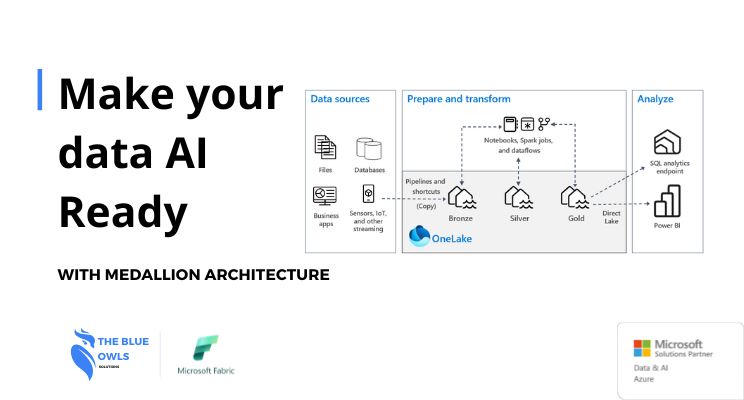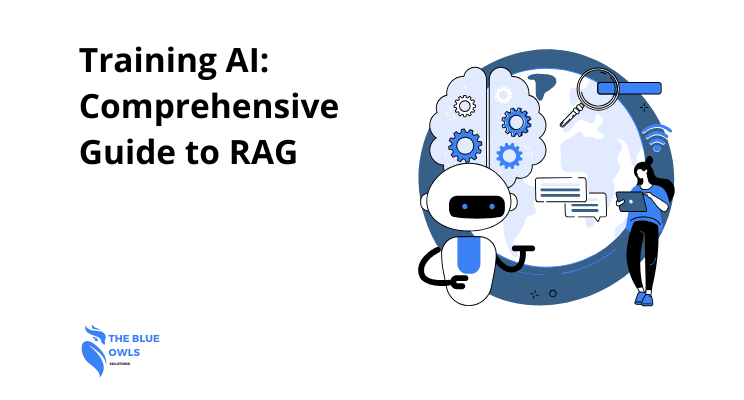The Latest in Data and AI
Category: Blog
-

Monitoring and Managing Fabric Capacity with the Metrics App
Introduction Managing capacity in Microsoft Fabric goes beyond provisioning the right SKU — it’s about understanding how that capacity behaves under real workloads. Fabric’s Capacity Metrics App is designed for exactly that: to give administrators and platform owners visibility into compute consumption, workload behavior, and system health across every experience running under a shared capacity.…
-

Introduction to Fabric Capacity Management
As Microsoft Fabric matures into a production-grade analytics platform, the concept of capacity becomes central to how organizations plan, operate, and pay for their data ecosystem. Capacity management in Fabric isn’t simply about compute limits — it’s about ensuring reliability, predictability, and cost control across every workload running under a shared engine. From lakehouse jobs…
-

Fabric Mirroring: The Fine Print That Derails Pilots
The promise of zero-ETL is tantalizing: connect your live systems to Microsoft Fabric’s OneLake, and downstream analytics and models just see fresh data without you having to build and maintain tedious pipelines. In early proofs of concept, that idea often works well. But when teams scale toward full pilots or production, hidden limits and schema…
-

Zero-ETL in Practice: Fabric Mirroring patterns that cut pipeline toil by 60%
“Zero-ETL” isn’t a promise that transformation disappears; it’s a shift in where the heavy lifting happens. Instead of building and babysitting brittle copy jobs, the platform continuously reflects source changes into your analytics lake—so teams spend more time modeling for the business and less time fighting pipelines. What Mirroring actually is (and isn’t) Microsoft Fabric…
-

How Medallion Architecture Prepares Your Data for AI Workflows
Most AI initiatives don’t stall on models—they stall on data. The gap isn’t “which LLM?” or “which AutoML?” so much as “can the organization deliver trustworthy, governed, and semantically consistent data to those systems at the right cost and latency?” A Medallion Architecture answers that question by turning the lake/lakehouse into an operating model for…
-

Mastering Your Data Management Strategy
“More than 70% of employees have access to data they shouldn’t, and 80% of analysts’ time is wasted just preparing data.” – Harvard Business Review Data is your company’s most valuable asset. Yet, without a structured data management strategy, that asset quickly turns into a liability. Inconsistent, siloed, or unsecured data can lead to poor…
-

How to use AI in Customer Support for Retail
AI is transforming the processes across retail from logistics to Customer Experience. There are plenty of articles covering all these various use cases, an admirable task but I feel there is a shortage of actual discussion around actual actionable strategy for decision makers that want to integrate AI into retail. Today we will do a…
-

Data Medallion Architecture with Fabric
Introduction As organizations transition into more data-centric operations, they face growing complexity around integrating, governing, and extracting insights from vast data sets. One proven blueprint for tackling this complexity is data medallion architecture, which organizes data into Bronze, Silver, and Gold layers (often called “medallions”). Now, with the introduction of Microsoft Fabric, enterprises can implement…
-

Training AI: A Comprehensive Guide to RAG Implementations
Introduction Imagine asking a question and getting an answer that feels like it came from an expert who just did their homework—scouring the latest research, diving into relevant documents, and then crafting the perfect response. That’s the power of Retrieval-Augmented Generation (RAG). At its core, RAG combines the best of two worlds: the creativity and…